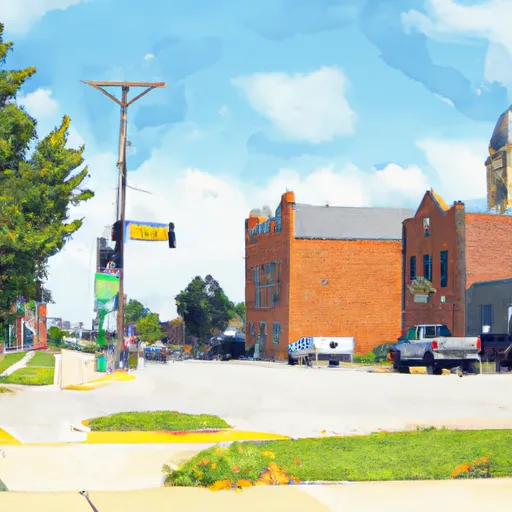°F
°F
mph
Windspeed
%
Humidity











Adair is a small town located in southwestern Iowa. The climate in Adair is considered to be humid continental, with hot summers and cold winters. The area is characterized by rolling hills and fertile soil, with the Nishnabotna River running through the town. Hydrology constituents in the area include surface water and groundwater resources, which are used for agricultural and industrial purposes. There are several outdoor recreation opportunities in Adair, including hiking and camping at the nearby Lake Anita State Park, fishing in the Nishnabotna River, and hunting in the surrounding area. Additionally, the town hosts several community events throughout the year, including a Fourth of July celebration and a Fall Festival.
Weather Forecast
Adair receives approximately 877mm of rain per year, with humidity levels near 82% and air temperatures averaging around 10°C. Adair has a plant hardyness factor of 5, meaning plants and agriculture in this region thrive during a short period during spring and early summer. Most plants will die off during the colder winter months.
Regional Streamflow Levels
149
Cubic Feet Per Second
165
Cubic Feet Per Second
29,800
Cubic Feet Per Second
8
Cubic Feet Per Second
Nearby Camping
| Camping Area | Reservations | Toilets | Showers |
|---|---|---|---|
| Longview Lake County Campground | |||
| Eagle Nest Park | |||
| Truman City Park | |||
| Voss Park City Campground | |||
| St. James Municipal | |||
| Lake Hanska County Park |



